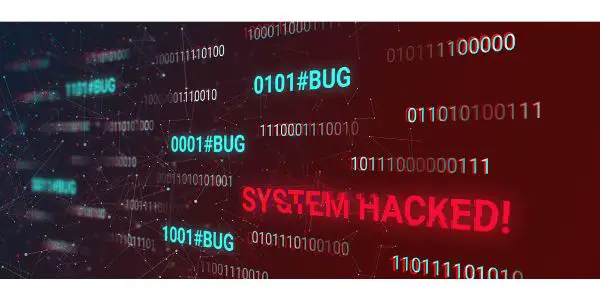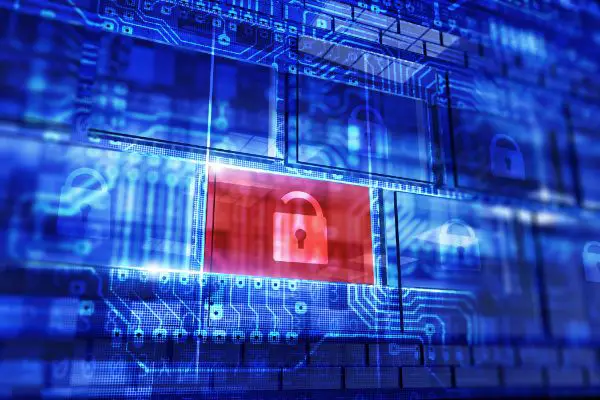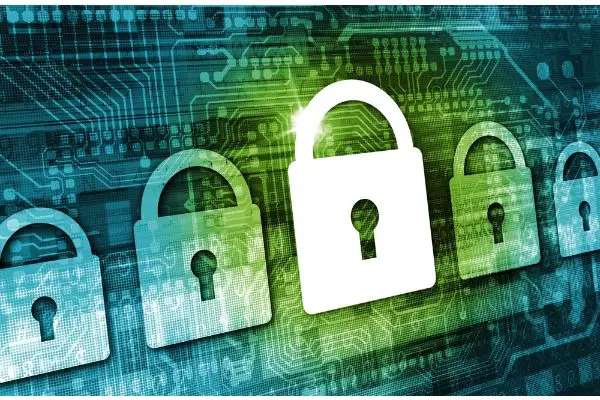Disclaimer: This post may contain affiliate links, meaning we get a small commission if you make a purchase through our links, at no cost to you. For more information, please visit our Disclaimer Page.
A backdoor is a type of malicious software that gives a hacker access to your computer without your knowledge.
This can allow the hacker to steal your data, install spyware, or even take control of your computer. Backdoors are often difficult to detect and can be very hard to remove.
In this blog post, we will teach you what backdoors are, how to detect them, and how to remove them from your computer. We will also discuss how to protect your computer from future attacks.
Table of Contents
What Is a Backdoor on a Computer?
A backdoor on a computer is a type of malware that allows unauthorized access to your system. This can be done for many reasons, such as stealing data or installing other malicious software. Backdoors are often installed without the user’s knowledge and can be difficult to detect.
There are many types of backdoors, but some of the most common are:
- Remote Administration Toolkits (RATs): These allow someone to remotely control your computer as if they were sitting in front of it. RATs can be used to install other malware, such as keyloggers or ransomware.
- Trojans: Trojans are a type of malware that masquerades as a legitimate program. Once installed, they can provide an attacker with full access to your system.
- Rootkits: Rootkits are a type of backdoor that allows an attacker to gain administrative privileges on your system. This gives them complete control over your computer and can be used to install other malicious software or steal sensitive data.
How to Detect Backdoors on Your Computer?
There are a few different ways to detect backdoors on your computer. One way is to look for unexpected changes in your system, such as new programs that you don’t remember installing or changes to your settings that you didn’t make. Another way is to use a security scanner that can check for known backdoors and other malicious software.
Here are a few tips to help you detect backdoors on your computer:
- Keep an eye out for any new and suspicious programs. If you see something that you don’t remember installing, it could be a backdoor.
- Check for any changes to your settings, such as new desktop icons or changes to your homepage.
- Use a security scanner to check for known backdoors and other malicious software.
- Keep your antivirus and other security software up to date.
- Be cautious of any emails or attachments from unknown senders.
What Can a Hacker Do With a Backdoor?
Once a hacker has access to your computer through a backdoor, they can do almost anything they want. They can install other malware, such as keyloggers or ransomware. They can also steal sensitive data, such as passwords or financial information. Sometimes, they may even take control of your computer and use it to attack other systems.
A few examples of what a hacker can do with a backdoor:
- Install other malware, such as keyloggers or ransomware.
- Steal sensitive data, such as passwords or financial information.
- Take control of your computer and use it to attack other systems.
- Send spam emails or launch denial of service attacks.
- Spy on you or steal your identity.
- Use your computer to mine cryptocurrency.
- Ransom your computer for money.
What Does a Computer Backdoor Look Like?
There are a few different ways that computer backdoors can manifest themselves. Sometimes, they might be hidden in seemingly innocuous software updates or downloads. Other times, they might be included in email attachments or websites that look legitimate but are actually malicious.
Some common signs that your computer may have been infected with a backdoor include:
- Unexpected changes to your system settings or configurations
- New programs or files appearing on your hard drive without your knowledge or consent
- Your antivirus program suddenly stops working properly
- Websites that you normally visit start behaving differently or displaying strange pop-ups and ads
If you suspect that your computer has been infected with a backdoor, it’s important to take action immediately. The longer you wait, the more time the attacker has to do damage.
Can Windows Defender Remove Backdoor?
Windows Defender is a good first line of defense against backdoor attacks, but it’s not foolproof. There are several different ways that attackers can bypass or disable Windows Defender, so it’s important to supplement it with additional security measures.
For example, you can use a third-party antivirus program to scan your system for malware, or you can install a security suite that includes additional features like firewall protection and intrusion detection.
You should also make sure that your operating system and all of your software is up to date. Attackers often take advantage of vulnerabilities in outdated software to gain access to systems, so keeping everything up to date is an important part of staying safe.
Finally, you should practice good cyber hygiene by being careful about the emails you open and the websites you visit. Avoid clicking on links or opening attachments from unknown senders, and be cautious about downloading anything from the internet.
How Do I Know if Someone Has Gotten Backdoor Access to My Computer?
The best way to know for sure if someone has backdoor access to your computer is to hire a professional computer security expert to check for signs of tampering. However, there are some things you can look for on your own that may show that your system has been compromised:
- Sudden changes in system settings or configuration
- Unexplained new programs or files appearing on your machine
- Your computer seems to run slower than usual
- You are receiving strange error messages when trying to perform certain tasks
- You are being redirected to unexpected websites when browsing the internet
If you suspect that your computer has been infected with a backdoor, the first thing you should do is disconnect it from the internet and any other networks it may be connected to. This will help prevent the attacker from doing any further damage and give you time to run a security scan of your system.
You should also change any passwords that you think may have been compromised. If possible, reinstall your operating system and all of your programs from scratch. This may seem like a lot of work, but it is the best way to be sure that your computer is clean.
How To Protect My Computer From Backdoors?
There are a few things you can do to help protect your computer from backdoor attacks:
- Keep your operating system and all of your software up to date. Backdoors are often exploit vulnerabilities that have already been patched in the latest version of software.
- Use a good antivirus program and run regular scans. This will help detect and remove any malware that may be present on your system.
- Be careful about the websites you visit and the email attachments you open. These are common ways for attackers to deliver backdoor payloads to victims.
- Don’t click on links or open attachments from people you don’t know or trust.
- Think twice before installing any programs or giving someone remote access to your computer, even if they seem trustworthy.
- Use a firewall to help block unwanted incoming connections.
- Keep a backup of your important data in case you need to reinstall your operating system.
By following these simple tips, you can help keep your computer safe from backdoor attacks. Remember, if you suspect that your system has been compromised, the best thing to do is disconnect it from the internet and contact a professional for help.
How To Remove A Backdoor From My Computer?
First, you need to identify if your computer is infected with a backdoor. There are several ways to do this, but one way is to check for suspicious network activity. If you see any unusual or unexpected network activity, it’s possible that your computer has been compromised.
Once you’ve determined that your computer is infected, you’ll need to remove the backdoor. This can be done by running a malware scan with an anti-malware program. If you don’t have an anti-malware program, you can use a free online scanner.
Once the scan is complete, it will show you a list of any malware that was found on your computer. You should then remove any malware that was found.
After you’ve removed the backdoor, you should take steps to prevent your computer from being infected again in the future. This includes installing an anti-malware program and keeping it up-to-date, as well as using a firewall.
By following these steps, you can protect your computer from backdoors and other malware.
Final Thoughts
Overall, backdoors are a serious threat to the security of your computer. However, there are steps you can take to protect yourself. Be sure to keep your operating system and software up to date, run a reputable antivirus program, and avoid clicking on links or opening attachments from unknown sources.
If you think your computer may be infected with a backdoor, don’t hesitate to reach out to a professional for help. Removing a backdoor can be difficult and require specialized knowledge. Unless you’re experienced with this sort of thing, it’s best to leave it to the experts.
References
https://www.malwarebytes.com/backdoor
https://www.safetydetectives.com/blog/what-is-a-backdoor-and-how-to-protect-against-it/



